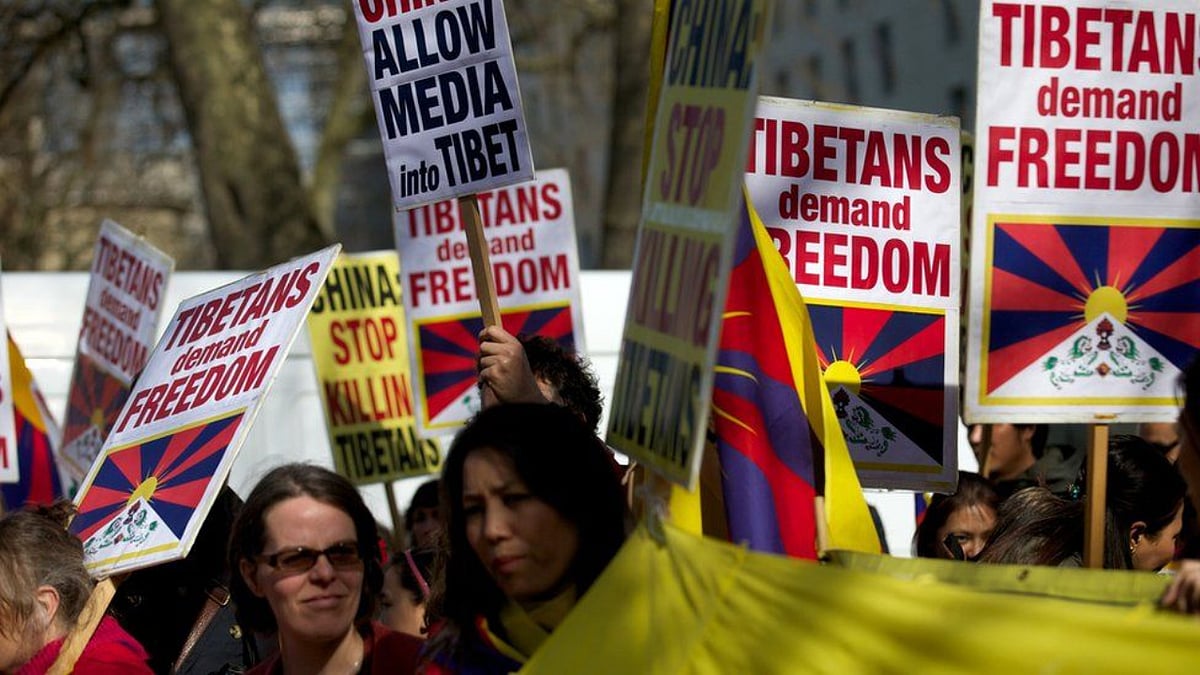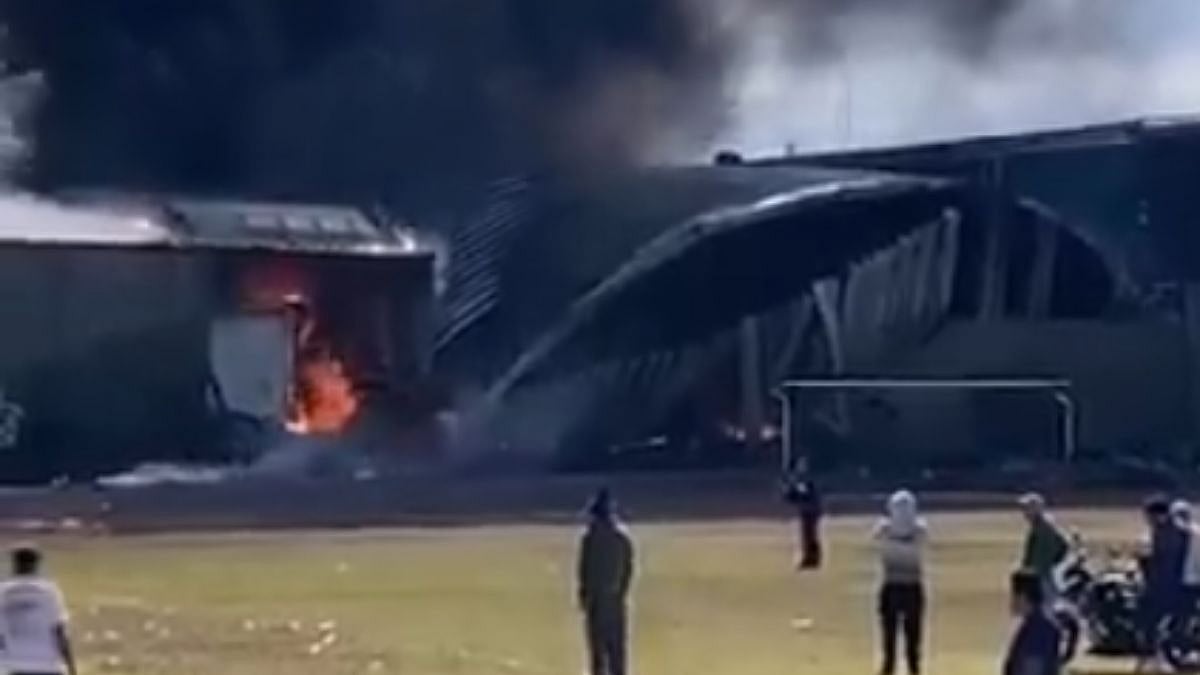Lhasa (Tibet): Since last year, China has been introducing new policies to promote the centralised and large-scale transfer of 'rural surplus labourers' to parts of the Tibet Autonomous Region (TAR), as well as other provinces of the People's Republic of China in repeated attempts to change the demography of the region.
The policy mandates that the pastoralists and farmers are to be subjected to centralised "military-style" vocational training, which aims to reform "backward thinking", while also including training in the Chinese language, and training in "work discipline", according to a report by Adrian Zenz in The Jamestown Foundation.
The draconian system of the policy shows a disturbing number of similarities to the system of coercive vocational training and labour transfer suffered by Uyghur Muslims in China's Xinjiang.
Furthermore, it is likely that these policies will promote a long-term loss of linguistic, cultural and spiritual heritage, given the context of Beijing's ethnic minority policy.
In Tibet's Chamdo region, militarised training regimen is supervised by Chinese Armed Police drill sergeants, while training photos depict Tibetan trainees dressed as military fatigues.
The recruitments of such trainees involve village-based work teams and a social control mechanism used in Xinjiang to identify Uyghurs to be sent to internment camps. Key policy documents also inform that cadres who fail to achieve mandated quotas are subject to 'strict punishments'.
The report stated that the goal of the scheme is to achieve Chinese President Xi Jinping's goal of eradicating absolute poverty by increasing rural disposable incomes.
From 2012, the Chamdo region initiated a 'military-style training for surplus labour force transfer for pastoral and agricultural regions', and by 2016, the region had established 45 related vocational training bases.
This scheme has numerous similarities to Xinjiang's training practices, such as a high-powered focus on mobilising a 'reticent' minority group to change their traditional livelihood mode and employ military-style management to produce discipline and obedience, further reported The Jamestown Foundation.
In the first seven months of this year, Tibet trained 543,000 rural surplus labourers, out of which 49,900 were transferred to other parts of the region and 3,109 to other parts of China.
The report stated that there were clear elements of coercion during the trainees' recruitment, training and job matching, as documents describe poverty alleviation as a 'battlefield', with huge pressure on local governments to round up poor populations and feed them into the scheme.
The training plan also establishes strict administrative procedures, and mandates the establishment of dedicated workgroups and the involvement of top leadership cadres, to ensure that the target tasks are completed on schedule.
Another troubling aspect of the training plan is the directive to promote a "poverty alleviation industry" scheme by which local nomads and farmers are asked to hand over their land and herds to large-scale, state-run cooperatives, in order to increase the disposable incomes of nomads and farmers through share dividends and by turning them into wage labourers.
"As with the Uyghurs in Xinjiang, overcoming Tibetans' resistance to labour transfer is an integral part of the entire mechanism," said The Jamestown Foundation.
Such a radical transformation is not achieved without encountering resistance from the locals. A government report from Shuanghu County stated that during the early stages, most herders were not enthusiastic about participating in the program, after which the county government organised cadres to deeply penetrate township and village households, and convened meetings to mobilise people.
"Given that this scheme severs the long-standing connection between Tibetans and their traditional livelihood bases, its explicit inclusion in the militarized vocational training and labour transfer policy context is of great concern," said The Jamestown Foundation in its report.
While some Tibetans may voluntarily participate in several aspects of the training scheme, the presence of clear indicators of coercion and indoctrination, along with a potentially permanent change in the livelihoods is a matter of high concern, according to the report.
Since its forceful settlement of Tibet, the CCP has relentlessly pushed for the persecution of religion, especially Tibetan Buddhism. By employing its state machinery, it has executed several campaigns to meet its objective, each being more brutal and oppressive than the last.









